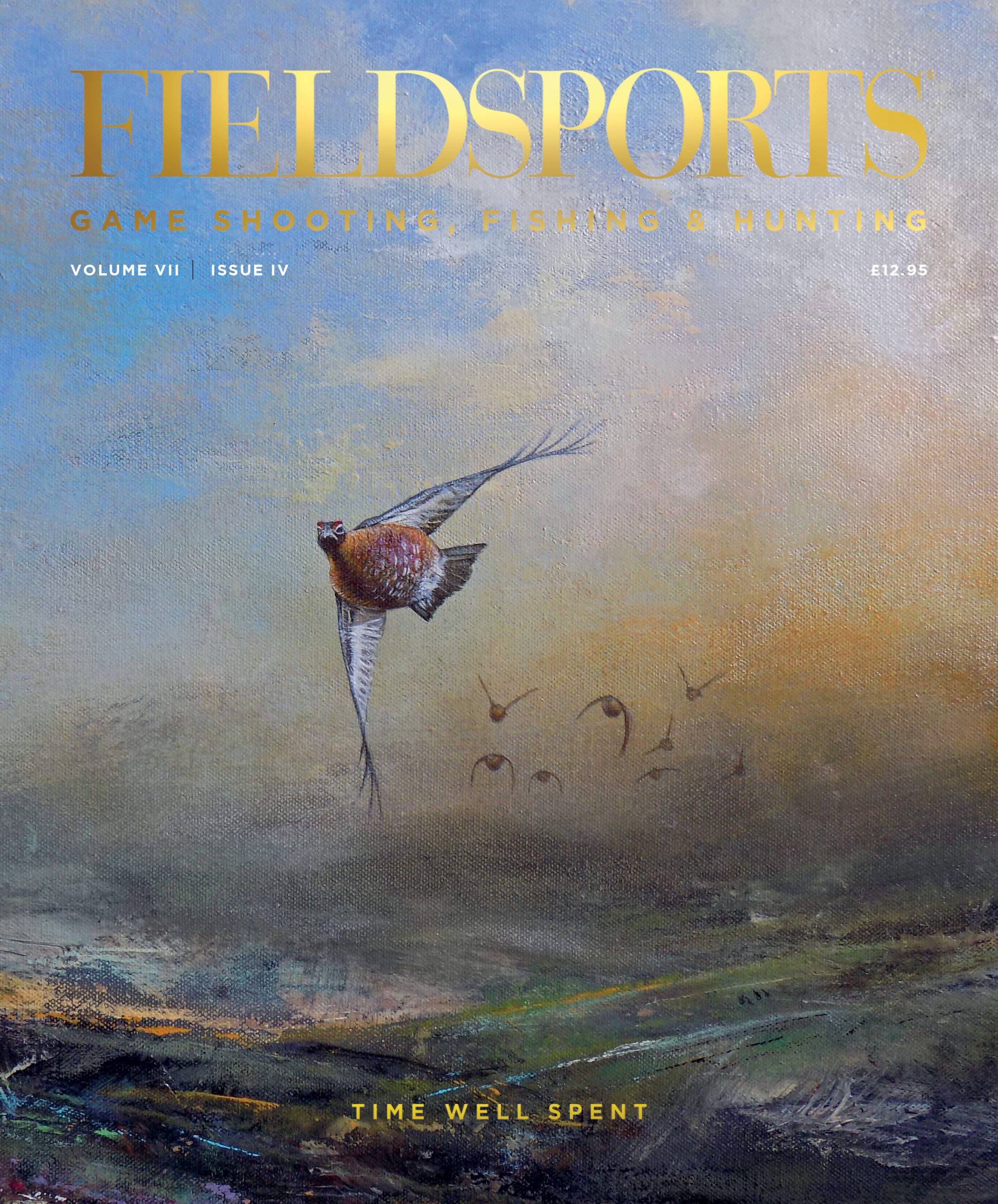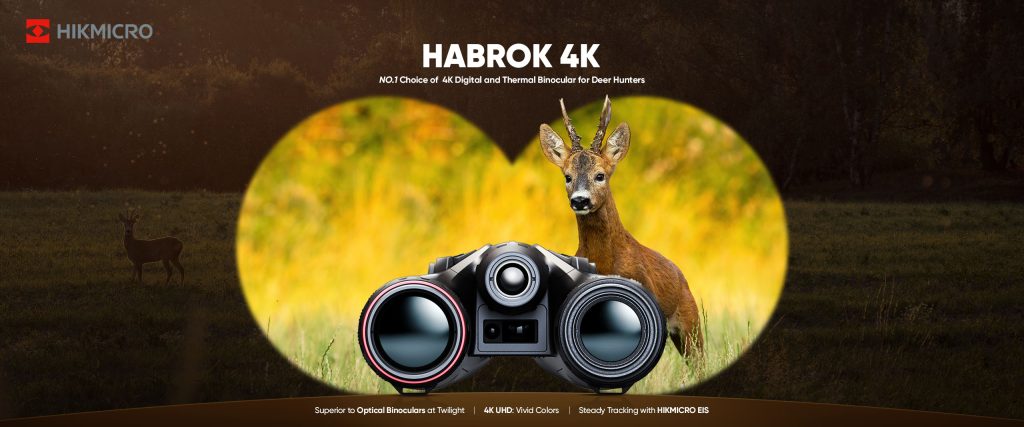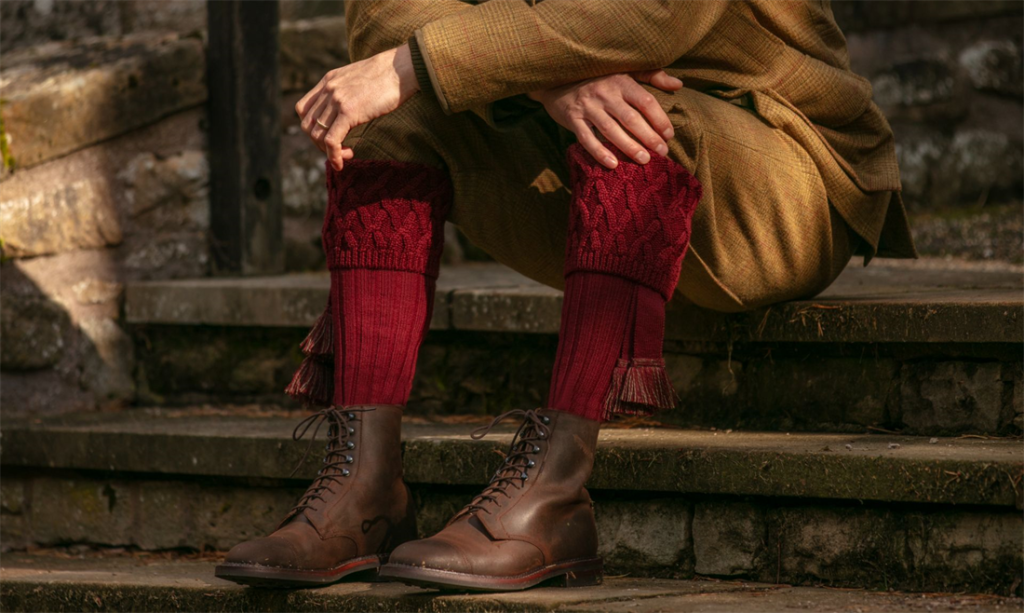Shooting ear protection: how to keep ear defenders and plugs effective all season
When the season is in full swing, most of us focus on cartridges, dogs and diaries.
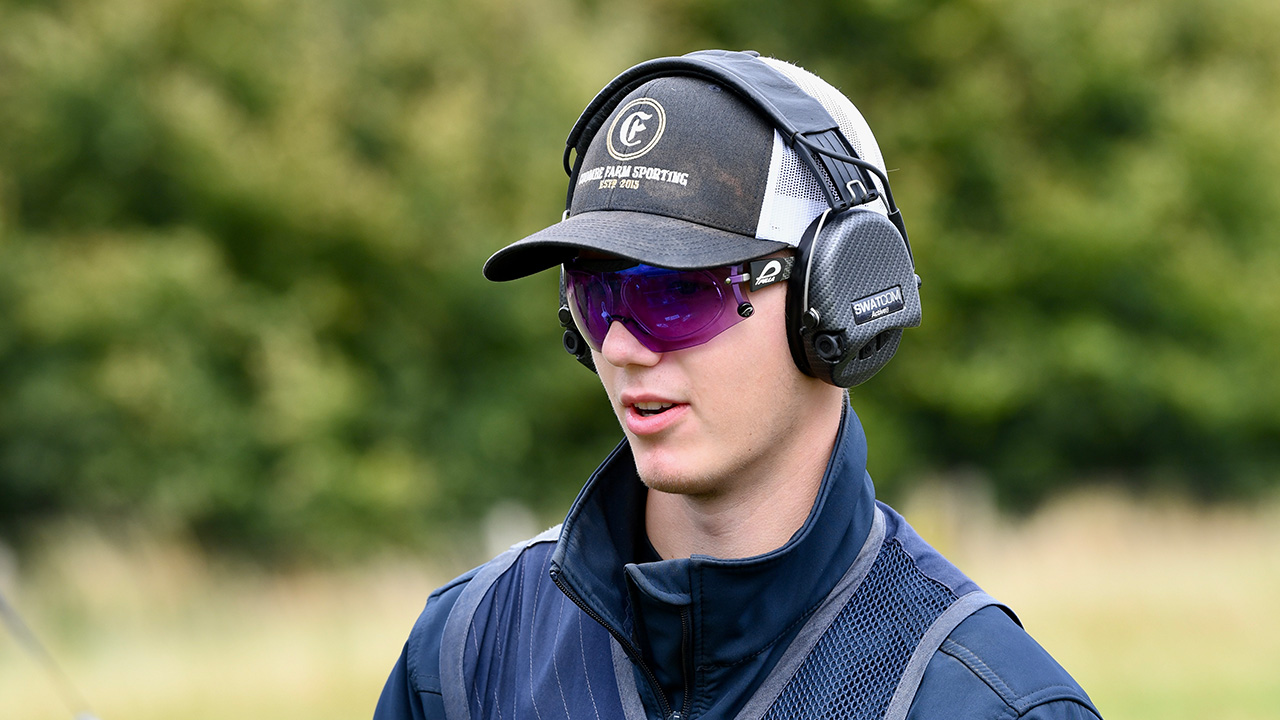
Hearing protection often becomes an afterthought – until a cold, wet drive or a long day on the clay ground reminds us that comfort and clarity matter as much as attenuation. Mid‑season conditions are hard on kit and harder on habits. Rain, mud and plain tiredness can take a well‑chosen protector – whether over‑ear defenders or in‑ear plugs – from “doing its job” to “only just” without anyone noticing.
This guide is a practical, field‑tested refresher on keeping your ear protection effective right through the busiest months.
The mid‑season reality
By late season, seal cushions compress, headbands loosen, ear tips go missing, and battery doors have seen more than their share of drizzle. People get laxer too: glasses slip under cups, a cap brim pushes a muff off, someone lifts an ear to catch a word on a windy peg, foam plugs get reused once too often. None of it is dramatic, but it all erodes protection.
The good news is that small, consistent routines make the biggest difference. Think of ear protection like boots: choose well, break in, then keep them clean, dry and properly fitted. Do that, and you preserve not just hearing, but poise and focus on the day.
Shooting ear defenders: protect the seal
The seal is the whole game with defenders. Once it’s broken – even subtly – sound leaks in and performance drops.
Common seal‑breakers and how to fix them
- Eyewear arms: Thick or sharply angled arms create channels under the cushion. Prefer thinner, straight arms, or seat the arms so they run flat and straight beneath the cushion. After donning, run a fingertip around the cup edge to feel for gaps.
- Hats and hoods: A stiff cap brim or a bunched hood can lever a cup off the head. Seat the muffs first, then put the cap on top and keep the brim above the cup line. With hoods, pull fabric flat behind the cups rather than under them.
- Hair: Strands caught under the cushion are tiny but surprisingly disruptive. Tuck hair behind ears before seating the cups, then reseat once more after your glasses are on.
Clamp fatigue: Headbands relax over time. If the cups no longer pull in snugly, it’s time to service or replace cushions/headband components.
30‑second “seal check” before each drive
- Put on glasses/hat exactly as you will wear them.
- Seat each cup with a gentle push.
- Cup your hands lightly over the muffs and pull away: you should feel a slight change in ambient sound pressure.
- Run a fingertip all the way round each cushion: it should feel uniformly firm against the head with no hard edges or gaps.
Cushions: foam vs gel
- Foam cushions are light and forgiving but gradually harden, especially after repeated wet‑dry cycles.
Gel cushions can keep a better seal around eyewear and in the cold, and feel comfortable on longer days. They don’t last forever either—replace if you see splits, gel weeping, or flattening that won’t rebound.
When to refresh parts
Rather than a fixed calendar interval, use condition cues. Replace ear cushions or hygiene kits when:
- the surface has hairline cracks or hard spots,
- the foam/gel no longer rebounds,
- the cushion face is uneven or misshapen,
- the headband won’t hold cups snugly, or
- you’ve had heavy rain exposure and padding feels slow to dry even after 24-48 hours in a warm, ventilated room.
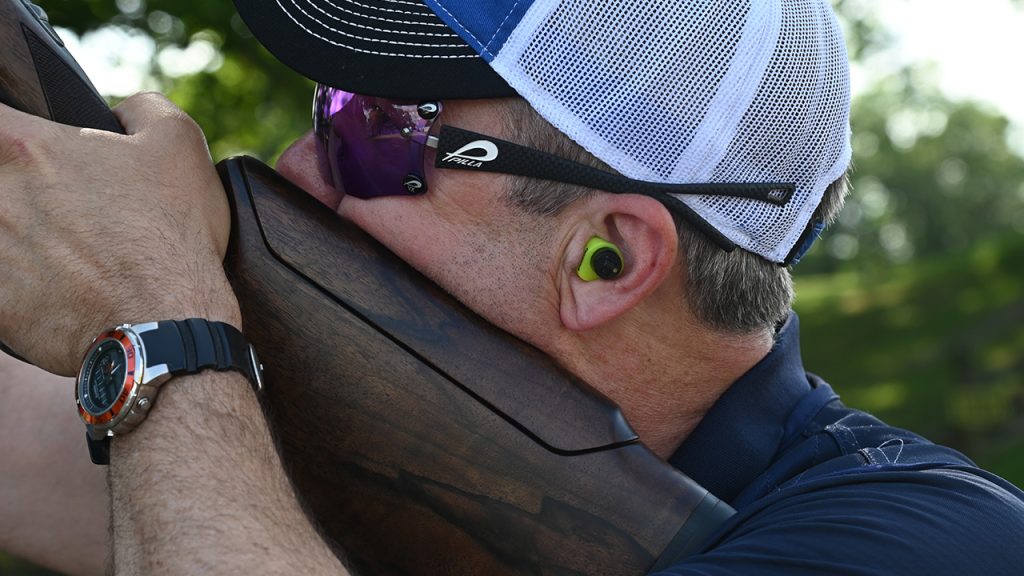
Shooting Ear plugs: fit and hygiene are everything
With plugs, attenuation lives or dies on insertion depth and cleanliness. The right size and a good seal beat any theoretical rating.
Getting a reliable fit (that lasts all day)
- Foam plugs: Roll into a tight, crease‑free cylinder. With the opposite hand, gently pull the top of the ear up and back to straighten the canal, then insert and hold for 20–30 seconds while the foam expands. If you can still hear speech clearly at arm’s length in a noisy car park, depth is probably insufficient.
- Flanged or filtered plugs: Choose the tip size that fills the canal without pressure pain. If the plug works loose while you chew, talk or yawn, try the next size up.
Electronic ear plugs: Keep tips fresh and check that the filter or microphone ports are clear of wax and grit. Always seat the plug fully before switching on ambient‑awareness modes—fit first, electronics second.
Hygiene and replacement
- Daily: Wipe tips with a slightly damp, lint‑free cloth and allow to air dry completely before storing.
- Weekly: For reusable tips, a mild soap‑and‑water clean, followed by natural air drying (not on a radiator).
Replace tips when they discolour, lose elasticity, take on odour, or no longer feel “grippy” in the canal. Foam plugs are single‑use; at a push, replace at least every session.
A note on comfort
In‑ear options shine for those who run hot, wear broad‑armed glasses, or spend hours under a cap or hood. If you’re prone to itchy ears or irritation, rotate styles through the week (e.g., defenders on shoot days, filtered in‑ear on the clay ground) to give skin a break.
Water, mud and grit: managing weather and terrain
Prevention first
- Keep the worst off: A peaked cap and jacket hood do more for defenders in the rain than any amount of wiping after the fact. For plugs, a brim and hood reduce direct water into the outer ear.
- Don’t over‑wipe: Aggressive rubbing pushes grit into fabric and seals; dab and lift with a damp microfibre instead.
Carry a field cloth: One damp cloth for mud, one dry for finishing—so you aren’t grinding grit into cushions with a sandy handkerchief.
Aftercare that preserves performance
- Ear Defenders: Detach hygiene kits if your model allows. Clean cushions with mild soap solution on a cloth, never soaking. Rinse the cloth, wipe again, and then air dry cups and cushions separately at room temperature. Open any battery doors and leave them ajar. Slip a small desiccant sachet into the carry case once everything is touch‑dry.
Ear Plugs: Remove tips, brush away wax/grit with a soft tool, and wash tips in mild soap solution. Rinse and dry naturally. Keep electronics dry; if they’ve been caught in a downpour, open any battery compartments and leave them to breathe.
What not to do
- No solvents or alcohol wipes on cushions or tips; they embrittle plastics and foams.
- No direct heat (radiators, hairdryers, dashboards in sun). Heat warps seals and cooks batteries.
No “blow‑outs”: Blowing grit off seems harmless, but moisture in breath adds to the problem and forces particles further in.
Electronics and batteries in poor weather
Whether over‑ear or in‑ear, electronics don’t love water. They tolerate showers; they dislike saturation.
- Compartment care: Check for greenish or white deposits on contacts – early signs of corrosion. If seen, stop using until cleaned by a competent person or serviced.
- Battery discipline: Carry spares in a small, sealable bag. Replace as a pair where relevant. If you’ve been drenched, pop cells out overnight and leave compartments open in a warm, dry place.
Wind noise: If your kit offers foam windscreens for microphones, use them. If not, a cap brim positioned so wind hits the brim first reduces buffeting
Fatigue: the quiet enemy of good habits
Mid‑season tiredness makes people sloppy with kit. Build habits that survive fatigue.
- Don’t lift an ear to talk: If you need to coordinate, step closer, use agreed hand signals, or speak towards the person’s side rather than asking them to uncover an ear.
- Reset at the peg: Before every drive, reseat defenders or plugs and re‑run the quick seal/fit check. It takes seconds and pays off all day.
Watch for drift: Glasses riding down the nose often break the defender seal. Push them up, reseat, carry on. For plugs, re‑seat after long conversations, extended chewing or steep climbs.
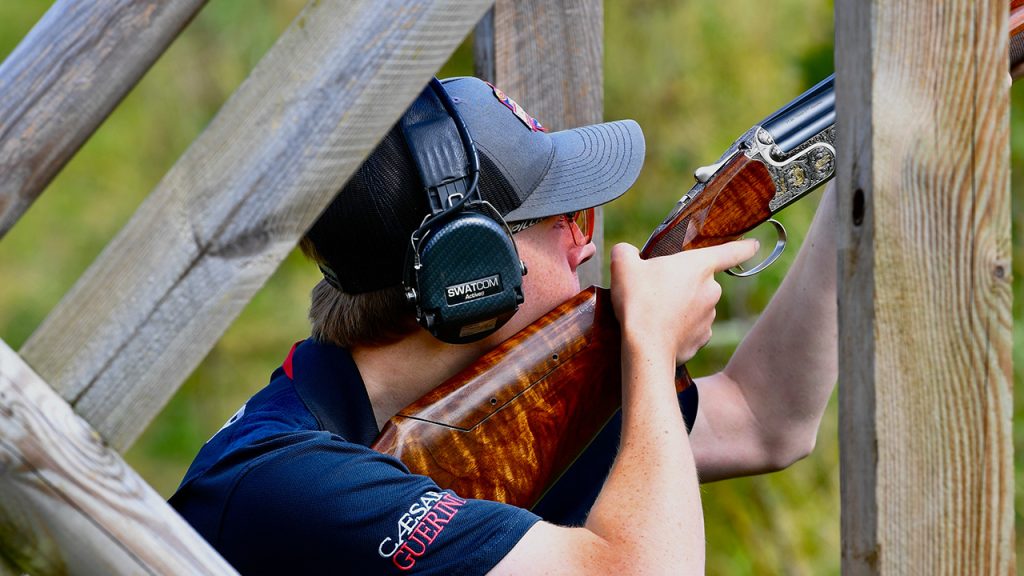
Eyewear, caps and hoods: making them play nicely
- Thin, straight arms on glasses help a lot. If you’re committed to thicker arms, consider gel cushions on defenders.
- Cap brim placement: Keep the brim above the defender cup line so it doesn’t lever the cups away from your head.
- Hoods: Smooth the hood fabric behind the cup rather than tucking it under the edge. If your jacket hood is noisy in wind, a cap under the hood helps it sit still.
When to “double‑up”
There are times – confined hides, high towers, busy stands – when double protection (in‑ear plus over‑ear) is sensible. If you do:
- Seat the in‑ear first, checking for a proper seal.
- Then seat defenders carefully over the top, paying extra attention to eyewear and cap placement.
If you use electronic awareness in either layer, test before the action starts so you can hear the horn and instructions without lifting protection.
Storage and transport: small choices, big gains
- Dedicated case: Keep your kit in a hard or semi‑rigid case that can breathe.
- Dry before you stow: Even if you’re dashing off the ground, give kit ten minutes in open air before sealing it away.
- Don’t cook it: Avoid car boots and dashboards for long periods – heat and cold both shorten the life of cushions, plastics and batteries.
Spares and smalls: A tiny pouch with spare tips, foam plugs, a microfibre cloth, desiccant sachet and batteries will save more days than any other accessory.
A simple weekly routine (10 minutes)
- Wipe‑down: Cups, cushions and in‑ear shells with a lightly damp cloth; dry naturally.
- Inspect seals: Look for cracks, flattening, or hard spots on cushions; check in‑ear tips for tears or loss of elasticity.
- Check tension: Do defenders still pull in snugly? If not, consider replacing cushions or the headband assembly.
- Ports and grills: For electronic models, ensure mic and speaker ports are clear (no poking—use a soft brush).
Battery health: Replace any cell that looks swollen, corroded or weak; keep spares fresh and dry.
Field fix kit: what to keep in your bag
- A pair of single‑use foam plugs for any guest who forgot theirs, and as a backup for yourself.
- Spare in‑ear tips in two sizes.
- A microfibre cloth (one damp in a small zip bag, one dry).
- Desiccant sachet for the carry case.
- Spare batteries in a small waterproof sleeve.
- A soft brush (like a camera sensor brush) for dust and wax.
A small hygiene gel for hands before handling in‑ear tips.
Pre‑drive checklist (30 seconds)
- Glasses seated? Cap brim won’t lever cups? Hood flat behind cups?
- Defenders: cushions feel even all the way round; headband tension feels positive.
- In‑ear: tips fully seated; no soreness; speech at arm’s length is comfortably muted.
- Electronics (if used): system on, ambient awareness at a sensible level; quick test that you can hear the horn.
- Spares to hand: foam plugs and batteries in an accessible pocket.
Bringing it together
Hearing protection isn’t just about dB numbers; it’s about real‑world performance when the weather’s foul and the day’s long. If you manage the basics – seal, fit, cleanliness and dryness – you’ll keep your protection working at its best without fuss. Build the quick checks into your routine, carry a tiny fix kit, and resist the urge to lift an ear for a conversation. Your future self will thank you.
Related Articles
Get the latest news delivered direct to your door
Subscribe to Fieldsports Journal
Elevate your experience in the field with a subscription to Fieldsports Journal, the premium publication for passionate country sports enthusiasts. This bi-monthly journal delivers unparalleled coverage of game shooting, fishing and big game across the UK and beyond.
Each issue offers a stunning collection of in-depth features, expert opinions and world-class photography, all presented in a timeless yet contemporary design.
Save 10% on shop price when you subscribe, with a choice of packages that work for you. Choose from Print & Digital or Digital only with each journal delivered directly to your door or via the app every other month, plus access to past issues with the digital back issue library.
